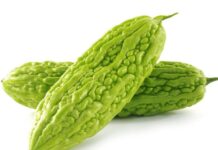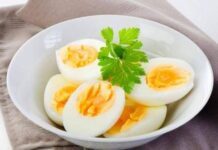Napa cabbage is widely available in markets, but to ensure quality and hygiene, many prefer making their own pickled cabbage at home. However, some struggle with their pickles spoiling, losing crispness, or not tasting as expected. Seasoned picklers reveal that the issue often stems from relying solely on salt and skipping crucial steps. Beyond salting, three additional steps are essential for achieving the perfect golden, crispy, tangy, and long-lasting pickle.
Ingredients
– Napa cabbage (green bok choy).
– Salt, water.
– Rice washing water (use water from the 2nd or 3rd rinse, as the first may contain impurities).
– White wine.
Detailed Instructions
Step 1: Prepare the Cabbage
Remove older leaves, wash thoroughly, and air-dry for a day to reduce moisture, ensuring crispness and longer preservation. If drying space is limited, chop the cabbage, wash, and spread it on a tray to dry in the sun.
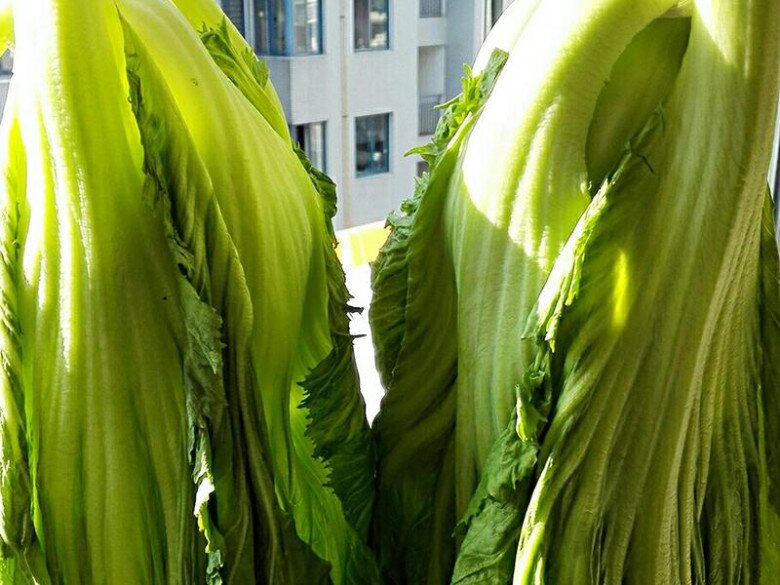
Step 2: Blanch the Cabbage
Boil water, blanch the cabbage for 2 minutes, then drain and let it cool.
Step 3: Pickle the Cabbage
Boil salted water, let it cool, then mix with 1/2 cup of rice washing water. Place the cabbage in a glass jar, pour the mixture to cover it completely. Add salt, a splash of white wine, and mix gently. Use a weight to keep the cabbage submerged.
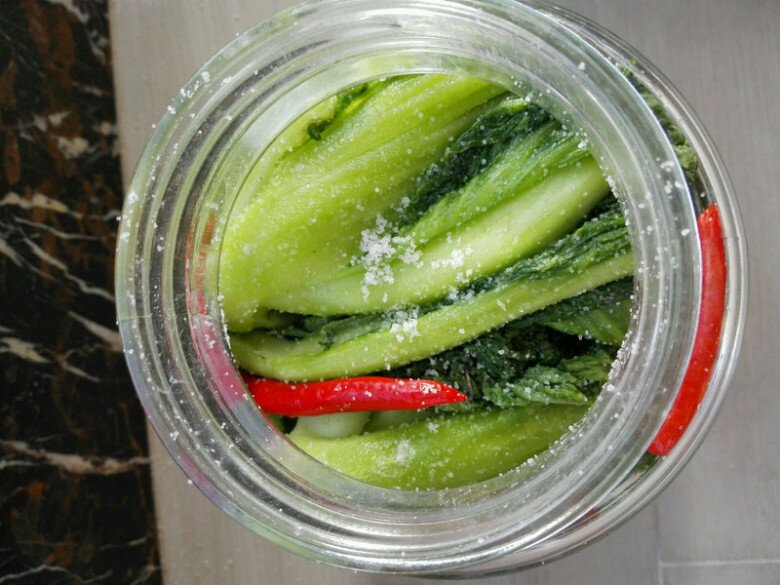
Why these steps matter:
– Air-drying: Reduces moisture, preventing sogginess or spoilage during pickling.
– Using rice washing water: Speeds up fermentation and produces beneficial amino acids.
– Adding white wine: Acts as a preservative, enhances flavor, and ensures a delightful aroma.
By following these steps, your pickled cabbage will boast a vibrant golden hue, a mild tang, and a satisfying crunch, staying fresh for longer without spoiling or developing scum.
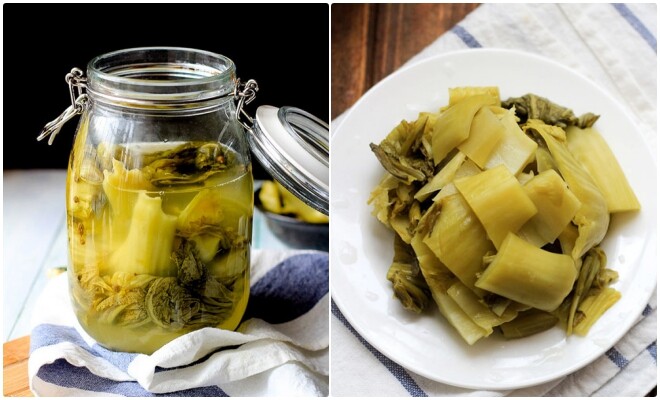
Wishing you success!
Explore more tips for pickling scallions.













